13 Movies That Turned Out Better Than the Book

Books turning into movies often disappoints fans, but sometimes Hollywood magic creates something even better than the original text. When filmmakers take creative liberties with source material, they occasionally craft masterpieces that outshine their literary foundations. These 13 films not only captured what made their books special but enhanced the stories through visual storytelling, stellar performances, and smart adaptations.
1. Jaws (1975)
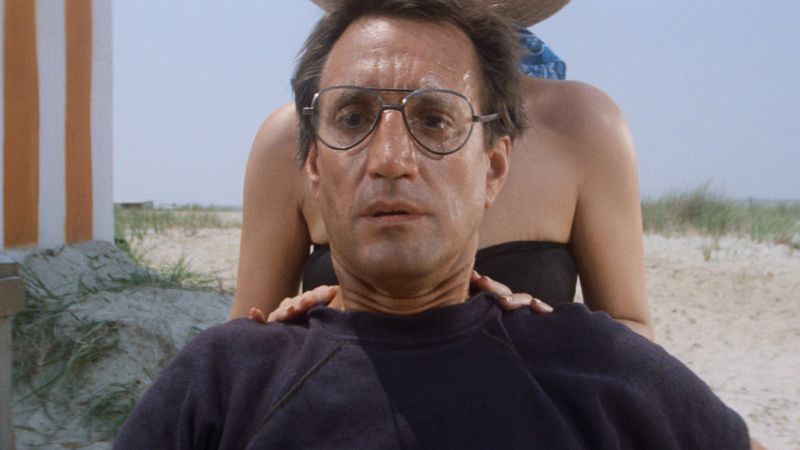
Fear of the unseen can often be more powerful than what’s revealed, and that’s where this adaptation thrived. The novel included side plots that diluted the tension, but the film trimmed them away. By focusing on human dynamics and primal terror, it locked audiences into suspense. The broken mechanical shark became an unexpected gift, forcing Spielberg to suggest horror rather than show it. John Williams’ iconic score filled the gaps, creating unbearable dread. What could have been a campy thriller became the first true summer blockbuster. Audiences left theaters both exhilarated and terrified of the ocean. In this case, the camera lens sharpened a story that words could not.
2. The Godfather (1972)
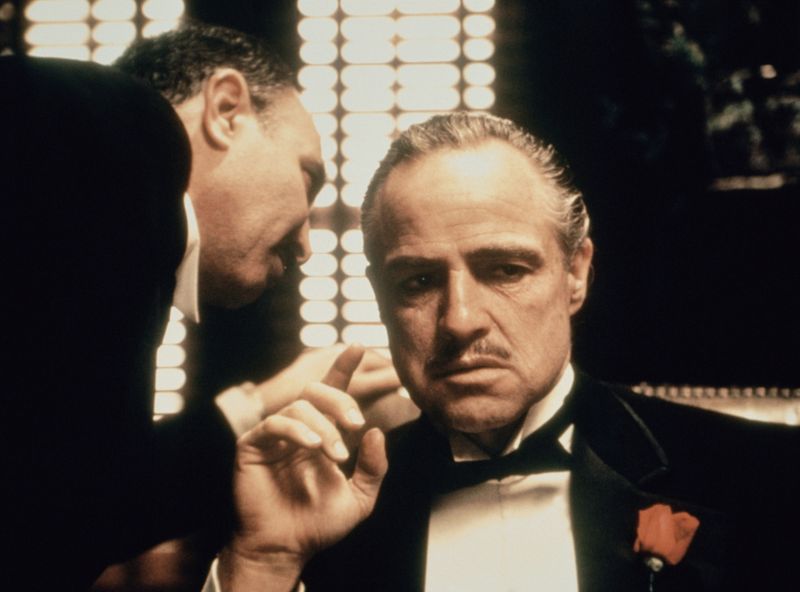
Power, loyalty, and family were always central to the source, but the film distilled them into something mythic. The book sometimes wallowed in melodrama and lurid subplots. Coppola’s adaptation, however, elevated the material to a level of timeless tragedy. With its careful cinematography and unforgettable performances, the narrative took on operatic scale. Brando’s quiet menace and Pacino’s transformation carried weight far beyond the page. While the novel entertained, the movie immortalized the Corleones in cultural memory. The dialogue, imagery, and pacing all reshaped a pulp crime tale into high art. Few adaptations have so completely redefined their origins.
3. Fight Club (1999)
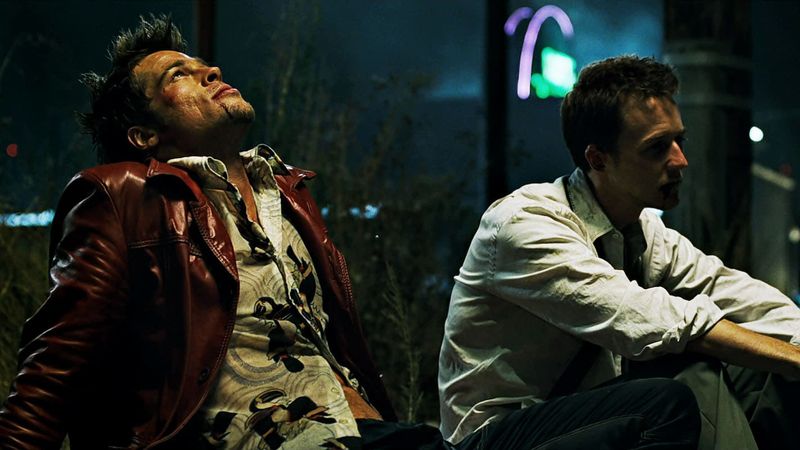
Anarchic energy pulses through both versions, but the cinematic vision sharpened the chaos. The novel is unrelenting in its cynicism, often alienating readers. On screen, fourth-wall breaks, unreliable narration, and stylish visuals made the descent more gripping. Edward Norton grounded the story with vulnerability, while Brad Pitt embodied swaggering charisma. The book’s bleak ending was replaced with something more explosive and ironic. Dark humor came alive in ways that print alone couldn’t deliver. Generational angst found its voice not just in words, but in images. Without film, the story might have stayed cult; with it, it became a phenomenon.
4. The Shawshank Redemption (1994)

The written version was shorter and more clinical in tone. On screen, Andy and Red’s friendship blossomed into the beating heart of the story. Morgan Freeman’s narration gave warmth and authority to every reflection. Secondary inmates gained dimension, making the prison feel alive with humanity. The movie stretched small moments into timeless lessons about perseverance. Where the text ended quietly, the film closed with catharsis on a sunlit beach. That final reunion transformed a strong short story into a masterpiece of inspiration.
5. The Silence of the Lambs (1991)
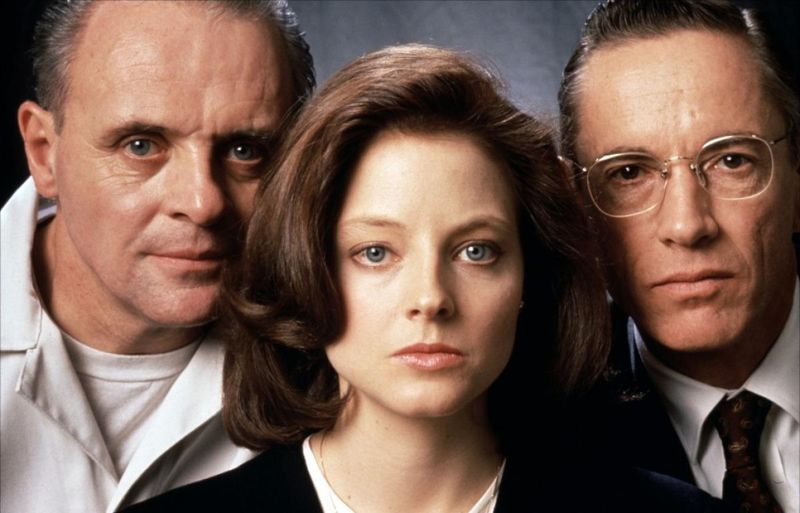
Harris’ novel is detailed and methodical, but it often keeps the reader at arm’s length. By condensing the narrative, the adaptation tightened suspense and sharpened the stakes. Jodie Foster’s portrayal turned Clarice into an icon of resilience. Hopkins redefined villainy with a performance that was both refined and monstrous. Their psychological duel became the film’s electrifying core. Atmosphere and pacing made dread seep through every frame. While the book chilled, the movie haunted.
6. Jurassic Park (1993)
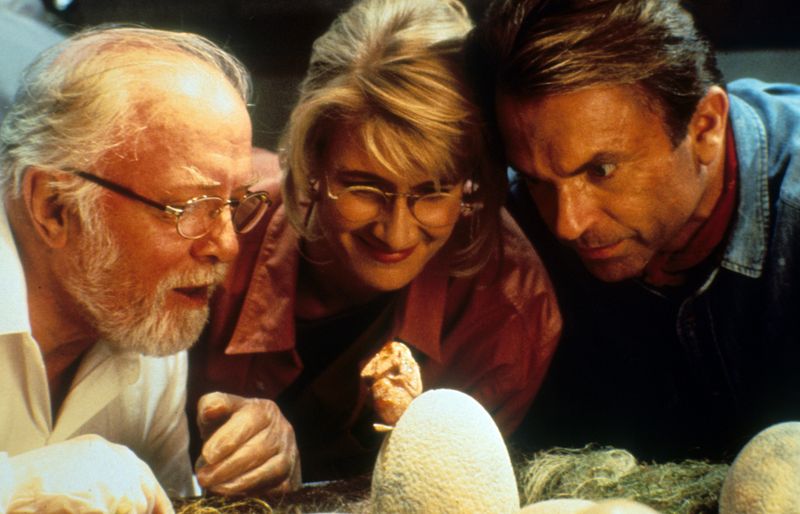
Scientific theory filled Crichton’s novel, but wonder filled the adaptation. Spielberg balanced awe with terror, giving audiences dinosaurs that felt alive. The characters shifted into more sympathetic figures, grounding the spectacle with heart. Alan Grant’s reluctant bond with children softened his edge from the novel. Special effects set new standards, blending animatronics with digital wizardry. John Williams’ soaring score turned discovery into transcendence. The book excited the mind; the movie captured the soul. Few stories of science run amok have ever inspired such global awe.
7. The Devil Wears Prada (2006)
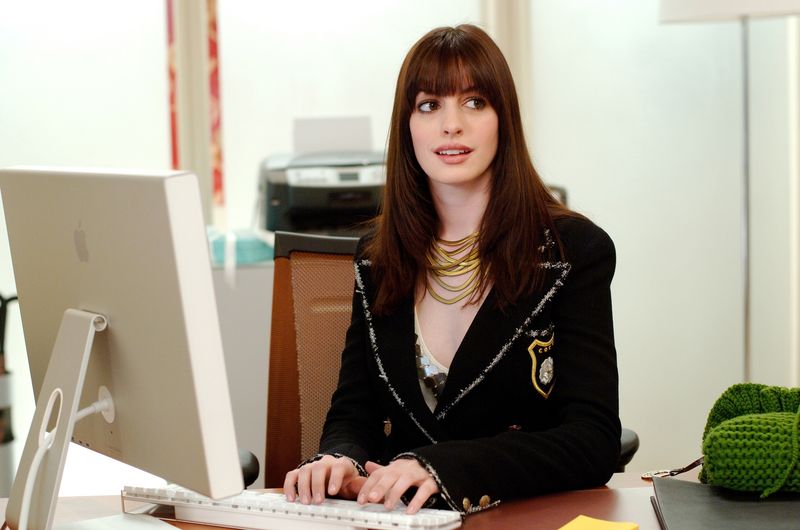
Satire can cut deep, but the film adaptation chose sophistication over bitterness. The book delivered a fun inside look at fashion but often lacked nuance. Through Streep’s performance, Miranda Priestly transformed from cartoon villain to cultural icon. Anne Hathaway’s Andy found more balance, embodying ambition without losing relatability. Witty dialogue and polished direction gave the world of fashion irresistible sparkle. Supporting performances added levity and warmth where the novel offered scorn. Even those unfamiliar with haute couture found themselves swept up. The shift in tone made the film a sharper, more enduring critique of power.
8. Forrest Gump (1994)
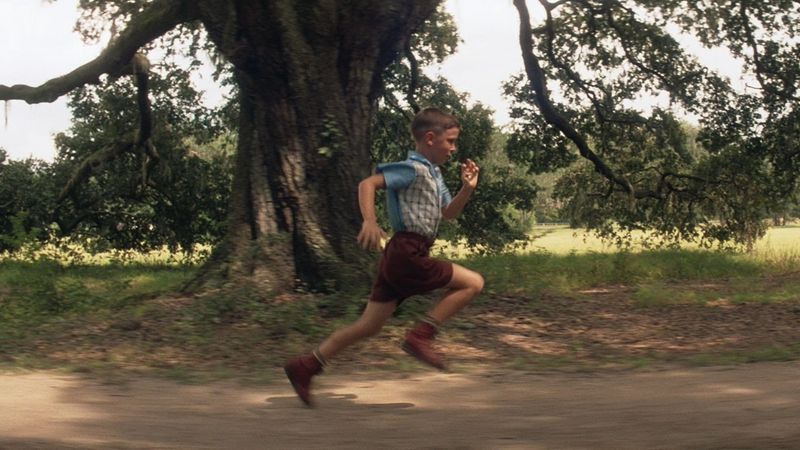
Groom’s book presented Forrest as crude and cynical, often hard to root for. Zemeckis, however, crafted a sweeping American tale of innocence enduring through history. Tom Hanks infused the character with humanity and warmth, reshaping how audiences perceived him. The film’s blend of humor, heartbreak, and optimism turned it into a cultural landmark. Historical cameos became whimsical rather than biting satire. The darker ending of the book gave way to a hopeful, emotional conclusion. By leaning into sincerity, the film became unforgettable.
9. Crazy Rich Asians (2018)
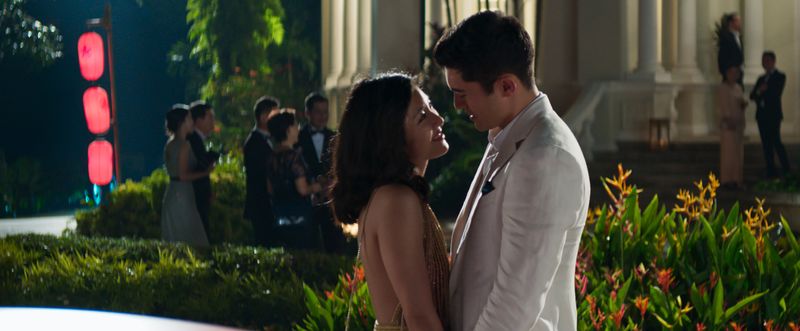
Extravagance pours through the book’s pages, but the movie delivered it with cinematic flair. Kevin Kwan’s novel sprawled across countless subplots and side characters. The adaptation focused tightly on romance, keeping its heart intact while trimming excess. Constance Wu’s Rachel brought grounded perspective to an otherwise dizzying world. Henry Golding embodied charm, anchoring the love story with sincerity. Production design and costumes turned luxury into visual spectacle. Humor landed sharper thanks to an outstanding supporting cast. Streamlined storytelling turned indulgence into irresistible entertainment.
10. Die Hard (1988)
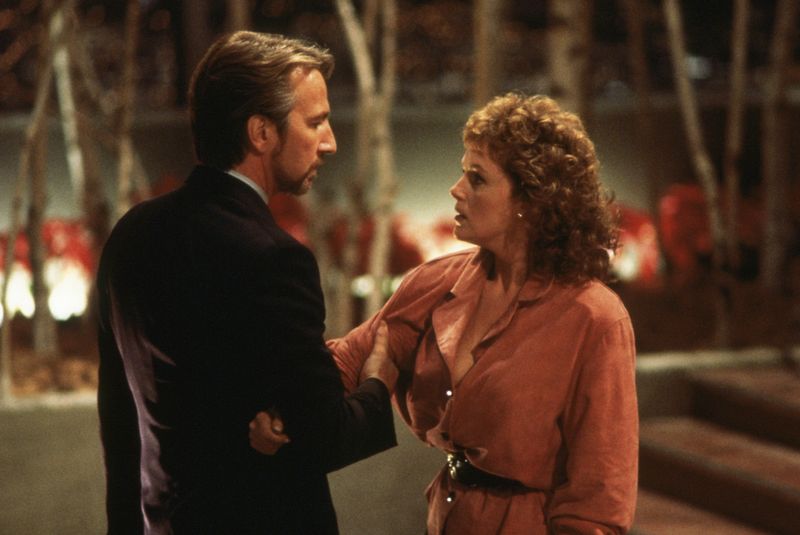
The source material featured an aging detective in a grim standoff. McTiernan’s vision gave audiences a reluctant but witty hero. Bruce Willis’ John McClane cracked jokes through bruises, redefining the action genre. A single skyscraper became a masterclass in tension and claustrophobia. Alan Rickman’s suave Hans Gruber elevated villainy into art. Bleak realism shifted into popcorn spectacle, without losing stakes. From page to screen, it transformed into the definitive modern action film.
11. The Princess Bride (1987)

Fairy tale parody worked well on paper, but the movie found the perfect balance of satire and sincerity. Goldman’s novel included clever but meandering commentary. On screen, the narrative snapped into place with brisk humor. Cary Elwes and Robin Wright embodied romance with genuine heart. Inigo Montoya’s emotional quest brought an unexpected depth that lingered. The book amused; the film enchanted. Dialogue became endlessly quotable, embedding itself in pop culture. The adaptation didn’t just retell a story—it created one to be cherished across generations.
12. Children of Men (2006)
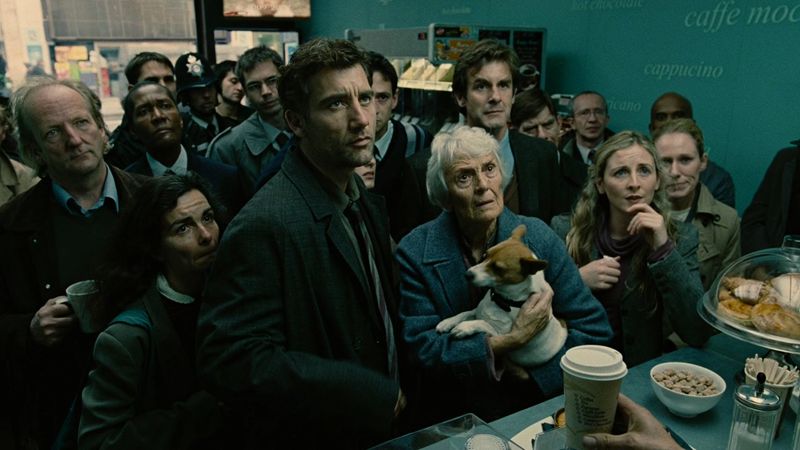
James’ story moved deliberately, often bogged down in philosophy. Cuarón stripped it to its raw essence: survival, hope, and desperation. Long takes dropped audiences directly into chaos, making danger feel inescapable. Clive Owen’s weary protagonist became far more relatable than the novel’s intellectual figure. Kee’s pregnancy carried deeper emotional weight on screen. Instead of abstract thought, viewers were confronted with human struggle. This shift made the adaptation unforgettable and profoundly moving.
13. The Shining (1980)
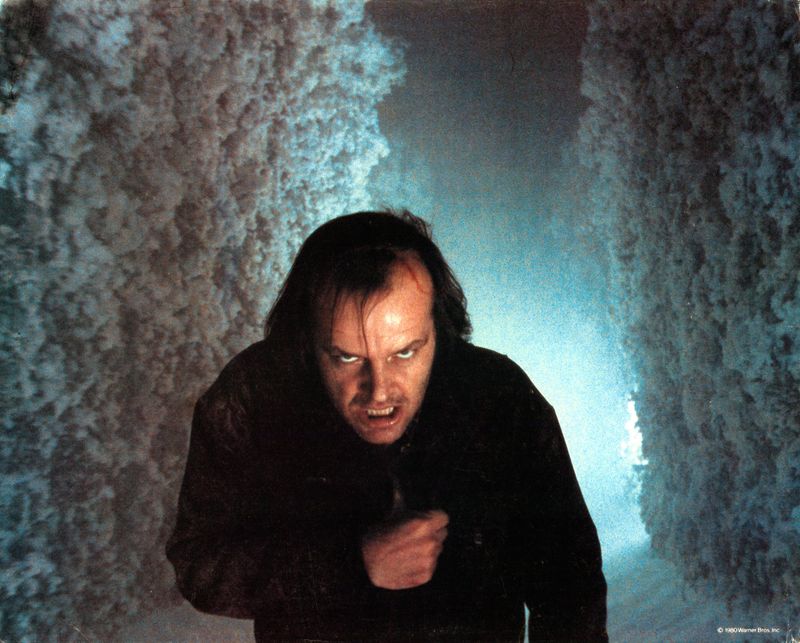
Kubrick’s vision diverged from King’s psychological approach. The novel explored Jack Torrance’s slow unraveling with backstory and internal detail. On screen, ambiguity and menace replaced explanation. Nicholson’s performance veered into madness with terrifying intensity. Shelley Duvall embodied fragility under pressure, creating unbearable tension. The Overlook Hotel itself became a character, oppressive and surreal. Iconic imagery—from the elevator of blood to the hedge maze—defined horror for decades. While King objected, audiences embraced its haunting brilliance.

Comments
Loading…